Land Reform
using Blockchain
Current Senario
Mode of transfer of property in India
Property ownership can be transferred in two ways:
• Voluntary Transfer
• Involuntary Transfer
At the point when the owner of property transfers it willingly, it is voluntary transfer. It might be done in following ways:
(i) for consideration e.g. by mortgage, sale, lease or exchange,
(ii) by gift, and
(iii) by will
Involuntary transfer OR Involuntary Alienation happens when the court attaches the property of a person. This mode may likewise alienate the assets of the joint family or undivided interest of a co-partner in such estate.
5 Different ways of acquiring or transferring Real Estate Assets
1. Through inheritance or WILL
2. Through relinquishment of the property in a land
3. Through SETTLEMENT Or Partition of Properties
4. Through GIFTS
5. By purchasing the ownership of the property
Problem
- Land Ownership Disputes
- Zero Transparency in System
- Manual Procedure
Is Land acquisition really a big problem in India?
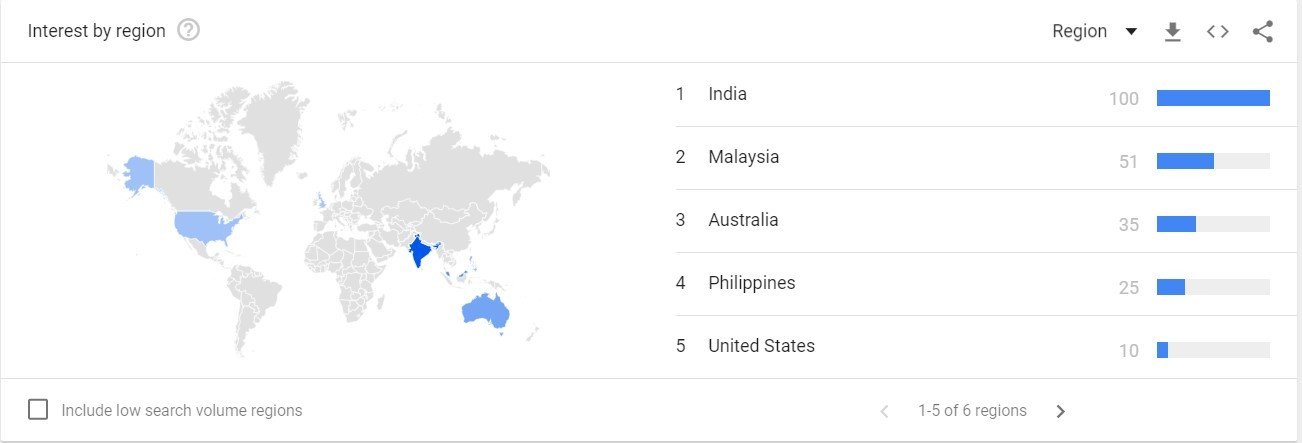
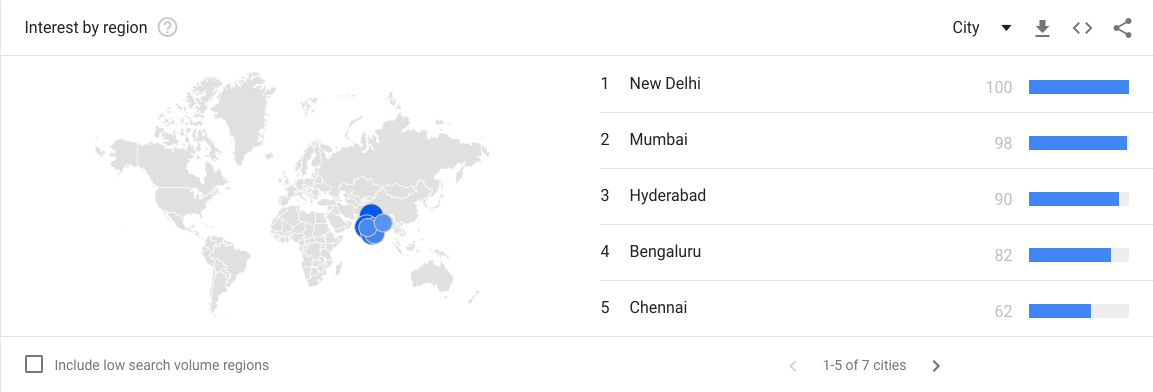
Manual Procedure
Very cumbersome process and had critical offline dependency
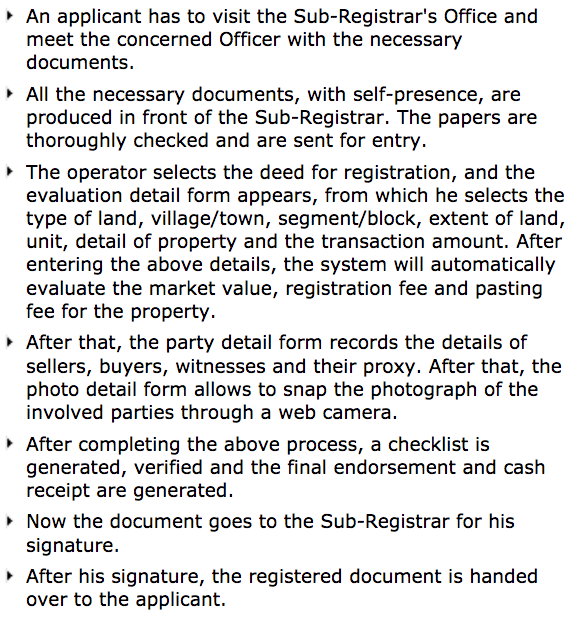
Data to verify
About 18 documents are needed to transfer land ownership
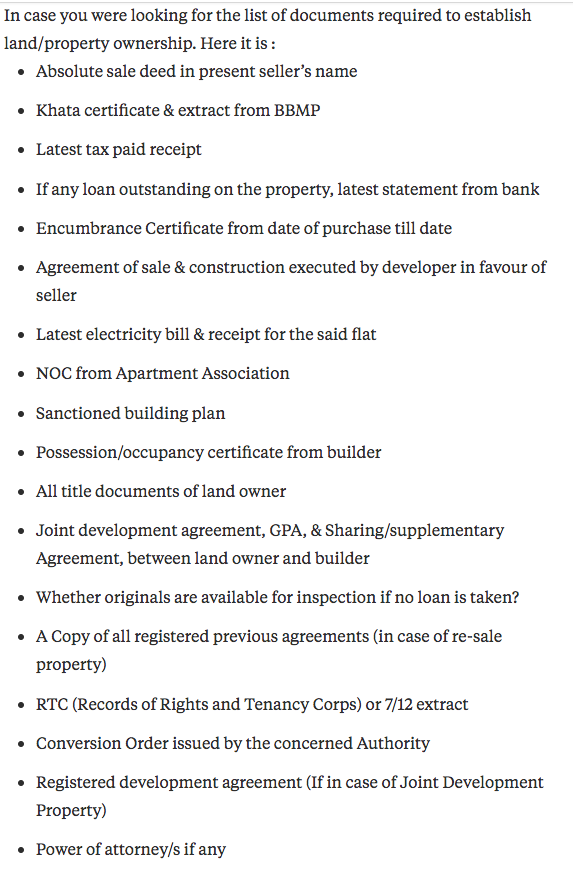
Blockchain as solution
Blockchain: High level Definition
Blockchain can be viewed as distributed redundant database on which data can be written but can not be edited. Any accepted action done on blockchain remain on it virtually forever.

Distribution is the key
Blockchain basically rely on distribution of trust in network, i.e. to corrupt a data in blockchain, hacker need to corrupt more than 50% of copy of data hosted in blockchain network.

Blockchain Features
- Highly secure if implemented correctly
- Low maintenance
- Completly transparent
- Highly scalable
- Highly agile
- Can hold turing complete logics
Blockchain network act as body which can
- issue token
- maintain ledger
- audit account
- make any contract
Block
Chain
Network
Block
A block in a blockchain is a part of ledger(collection of transactions) with some meta data.
Chain
Each block has a metadata which contain hash code of previous block, any change in block content will change the hash code hence don't match with metadata of next block.
Network
Multiple instances of blockchain is distributed among several computers (called nodes).
Consensus
Mechanism by which new block are chosen to be added in blockchain. They are of four kinds PBFT, PoW, PoS, and DPoS.
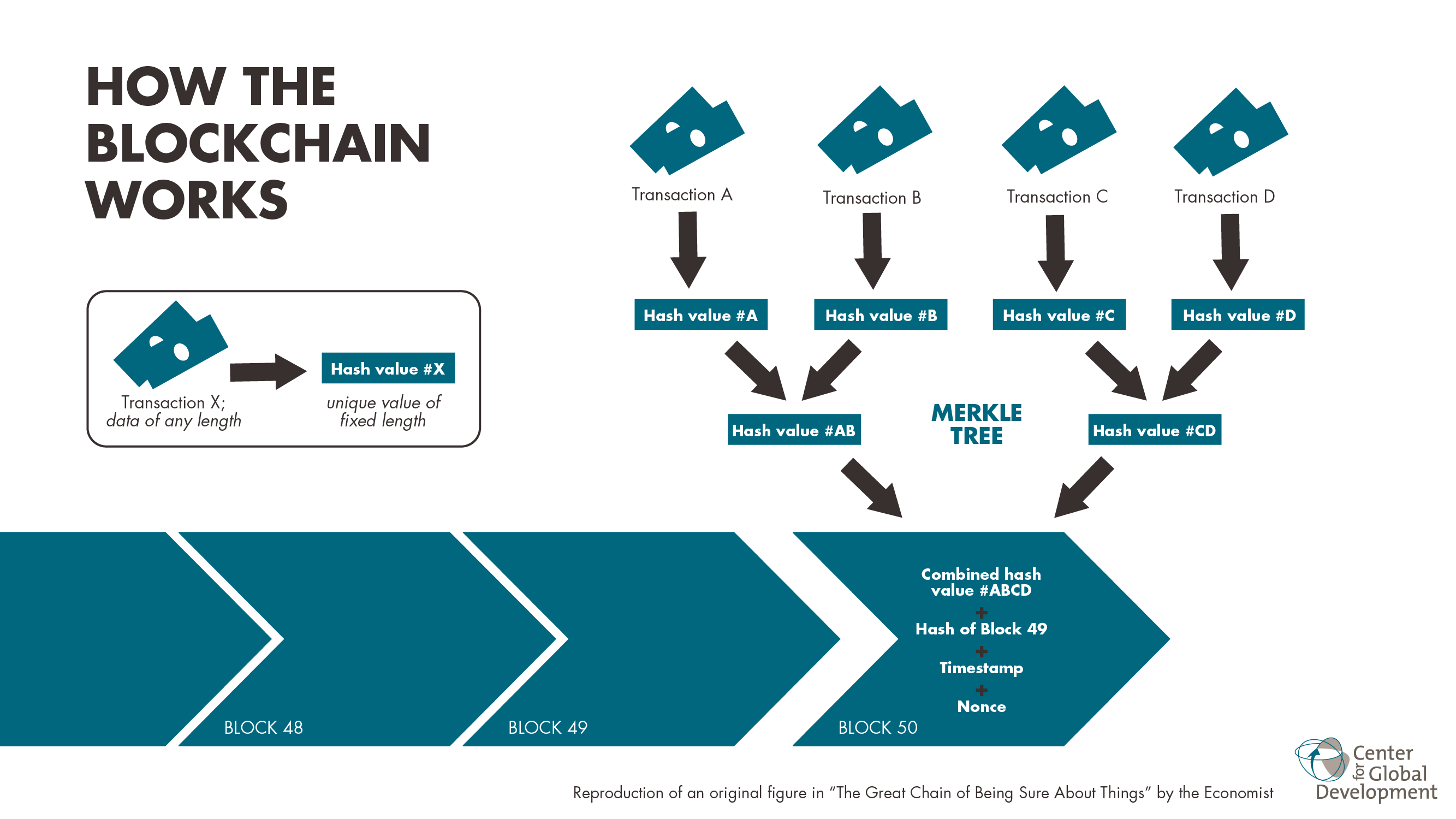
Mining: Adding new block
New block are added in such way that it has all valid transactions in block and across all blocks. Also new blocks are to be added to most recent block, otherwise it would rejected by network.



Consensus Model Analysis
Practical Byzantine Fault Tolerence
It is very unique kind of consensus model, which is not based on any resource intensive task, therefore algorithm reach consensus without wasting any resources. In this model end user identity is known and overall system is controlled by governing body.
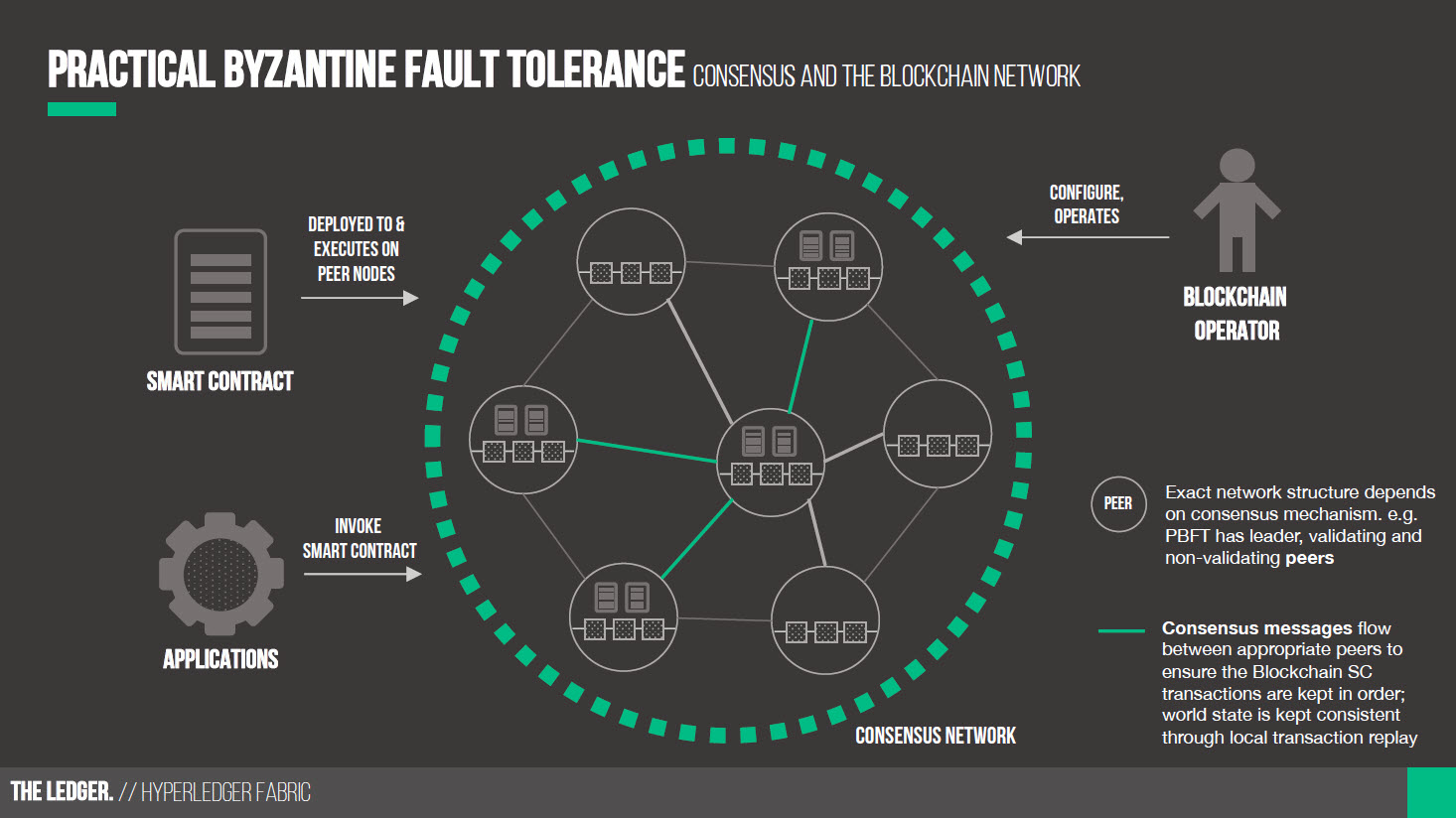
Smart Contract
Smart contracts are self-executing contracts with the terms of the agreement between buyer and seller being directly written into lines of code. The code and the agreements contained therein exist across a distributed, decentralized blockchain network.
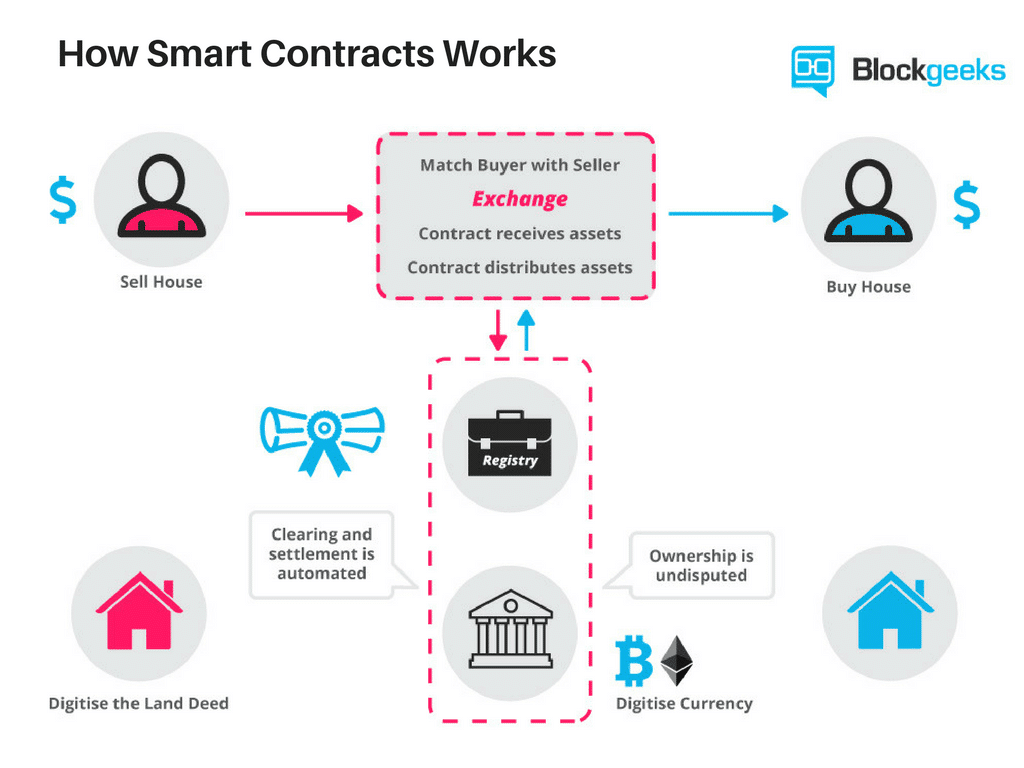
BhumiCoin: BlockChain Implementation for land reform
MVP Demo
What we will finally achieve?
Land Ownership
- Every BhumiCoin owned by citizen will declare their ownership on geological parameter
- Every citizen would be able to create their smart contract for their BhumiCoin
- Ease of transfer of land ownership would be redefined by BhumiCoin
Regulated Transparency in System
- As BhumiCoin would be based on PBFT, permissioned private blockchain Government would be on driving sheet to decide data ownership
- May be land ownership data would be publicly available, and everyone would be able verify it.
Next generation digitalisation
- Not only data would be digital but also secure and transparent.
- All the offline procedure would be replaced by single government smart contract
Thank You!
Oh yes! blockchain is the present not the future